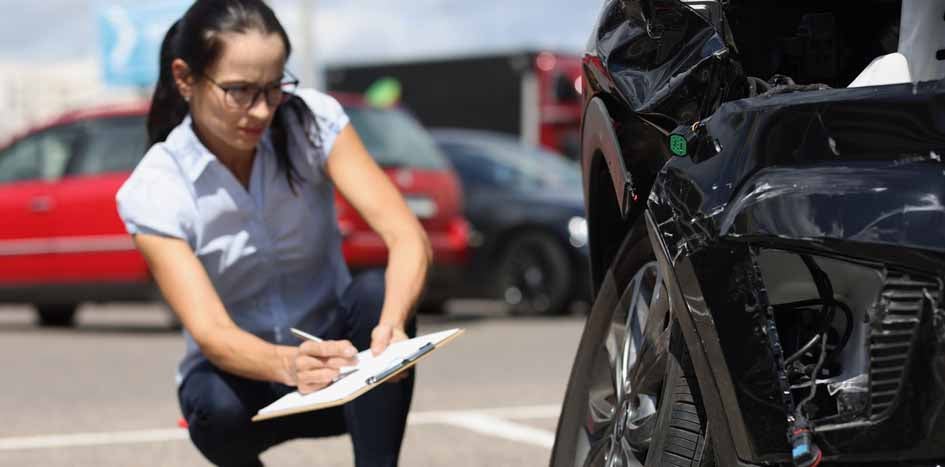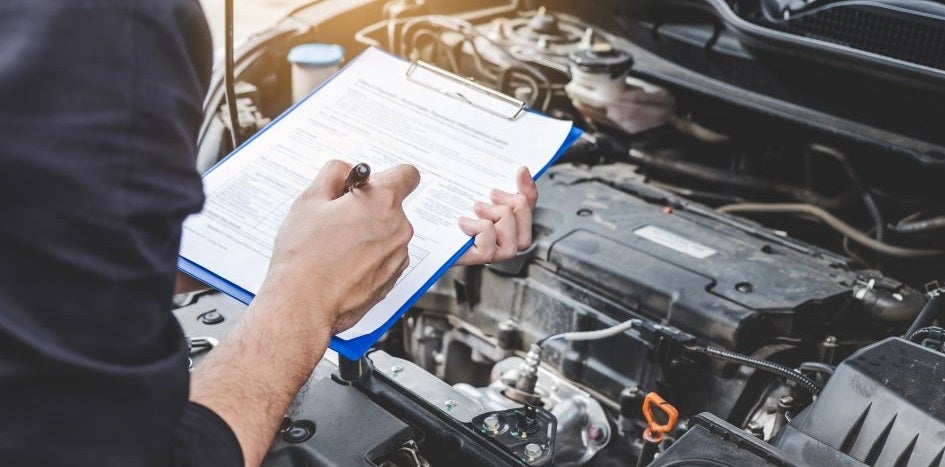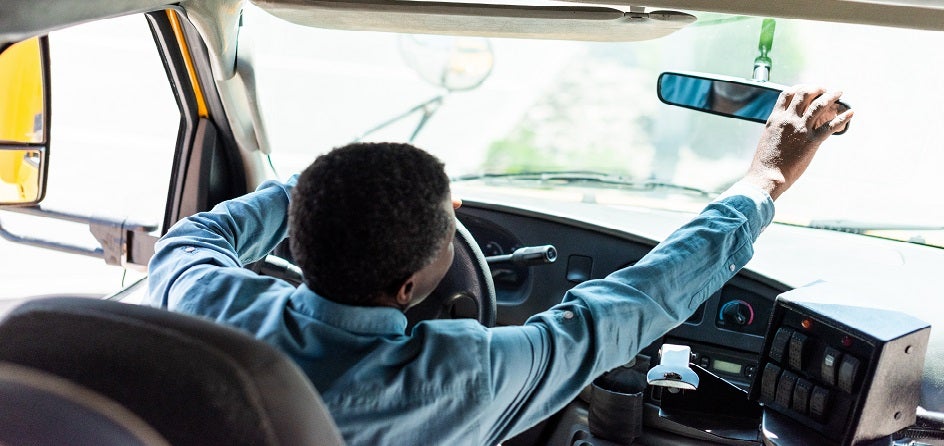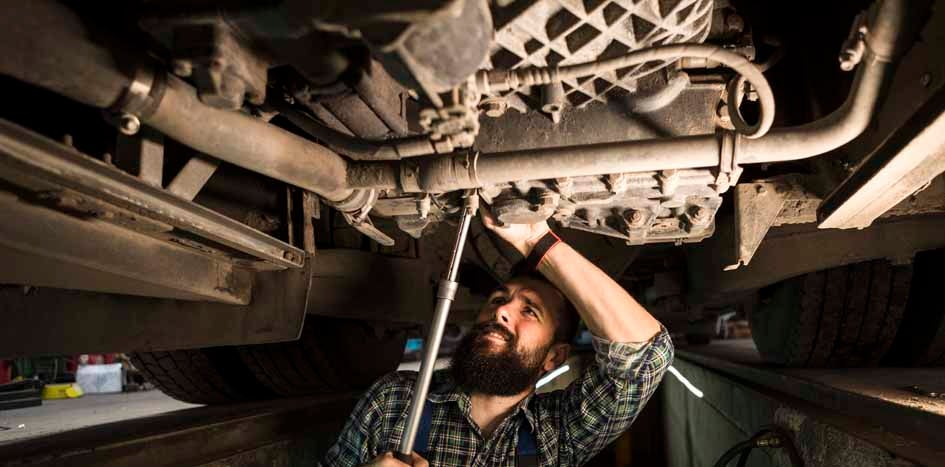7 Quick Vehicle Collision Investigation Tips

A rise in vehicle collisions is one of many factors driving auto coverage costs up. The Fund's Vehicle Collision Investigations (VCI) training gives members the tools they need to identify the root causes of collisions and reduce the risk of similar incidents.
7 Quick Tips
As a primer for VCI training, here are seven quick investigation tips that will benefit every school.
1. Start with the Goal in Mind
Collision investigations could lead to disciplinary action, but your goal should be to find facts, not assign blame. A well-executed investigation answers these questions:
- What caused the collision?
- Did your driver do everything reasonable to prevent the collision?
- What improvements can be made based on these findings?
2. Prioritize Collision Scenes
Collision scenes can be chaotic. When you arrive, make sure nobody is in harm's way and EMS has been called if necessary. From there, cooperate with first responders. Consider meeting with local police, fire fighters, and EMS in advance to ensure you understand their collision scene protocol. Finally, you can start collecting evidence.
3. Take These Photos at Minimum
TASB risk solutions consultants recommend members take more than 20 photos of each damaged vehicle's exterior, along with photos of seat belts, instrument panels, air bags, and child seats. If resources are in short supply, take these photos for our claims team at minimum:
- Vehicle identification numbers (VINs) of every vehicle involved in the collision. You'll find VINs inside the driver-side door, next to the door latches, near the seatbelt.
- All four corners of each vehicle
- All vehicle damage: Stand back to give a reference point for damage location.
You will have the chance to upload photos if you report claims online (see tip 7). Otherwise, email them to ALPClaimsInBox@tasb.org.
4. Don’t Forget about Video
Video evidence from buses, dashcams, surrounding businesses, and officer body cameras provide visual and audio evidence that facilitate our adjusters’ investigations. Video from inside school buses often helps us identify where passengers were sitting and investigate extent of injury. Your adjuster will explain how to submit video when you report your claim.
5. Leverage Third-Party Evidence
If first responders clear the collision scene or move evidence before you arrive, consider leveraging third-party sources. For example, many homes and businesses are outfitted with cameras. Local media might be willing to share their footage or photos, and you can comb social media for photos taken by onlookers. Some Fund members create dedicated email inboxes where the public can share collision information, photos, and video.
6. Collaborate with Other Districts
Investigating collisions that happen on road trips can be difficult. Consider establishing reciprocal collision investigation agreements with other districts. It's probably not possible to lean on peers for full-scale investigations, but they might be willing to collect key details and take a few photos. Before you reach out, ask your legal counsel whether you need a memorandum of understanding to share evidence between districts.
7. Submit Claims as Soon as Possible
Fund members with Auto coverage should report incidents as soon as possible. Prompt reporting reduces the risk of coverage issues and allows us to start working to protect your interests. Prompt reporting also helps ensure competitively priced parts and labor. That's especially important as supply chain shortages ramp up repair costs:
- Report online
- Call 800-482-7276
- Email InBoxPCClaims@tasb.org
- Fax to 800-580-6720
The more information you share about collisions, the more efficiently our team can determine liability based on the facts. We need these details at minimum:
- Date, time, and location of the incident
- Make, model, year, and VIN of other vehicles involved in collision
- Police report if available
- Injured parties’ names and contact information
- Video surveillance if available.
- Photos of accident scenes, debris, tire marks, and vehicle damage.
Related Resource
The sooner you report collisions to the Fund, the sooner we can start working to resolve your claim quickly and cost-effectively. Use this Auto Damage Quick Reference to collect critical details and navigate the claims process.

David Wylie
David Wylie serves as content developer on the risk solutions team. He brings more than 20 years' experience writing educational content that helps employers protect against workplace accidents, property damage, cybercrime, and other losses.
You May Also Like…
View All Related Insights
The Basics of School Fleet Management
Your community relies on your district's vehicles, so take care of your buses, trucks, and cars with these fleet management basics.

Protect Your Fleet With a Preventative Maintenance Plan
If you want to protect your vehicles and their passengers, you need an effective preventative maintenance plan.

Breaking Down Entry Level Driver Training Requirements
Federal entry level driver training requirements apply to CDL holders, including bus drivers. Do these four things to help your schools comply.

Catalytic Converter Theft Prevention Made Simple
These catalytic converter theft prevention tips can save schools thousands of dollars in unbudgeted costs.
